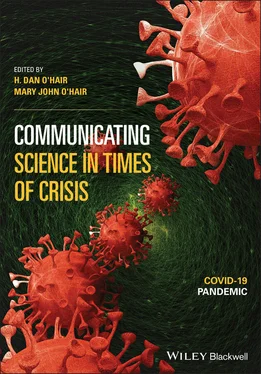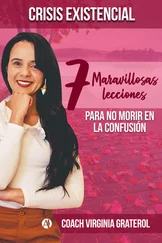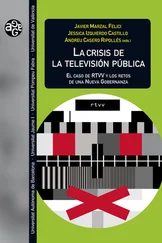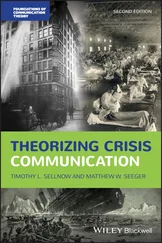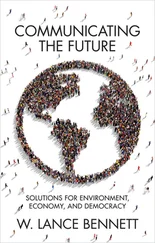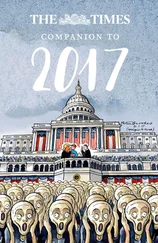The Evolution of Conspiratorial Thinking
Conspiratorial thinking is a worldview (Brotherton & French, 2015; Uscinski, 2018) found in individuals who are highly suspicious of (epistemic) authority and who believe that “things are not what they seem” (Keeley, 1999). Compared to ordinary narratives, conspiracy theories appear appealing to people who need epistemic (understanding, accuracy, and certainty), existential (control, safety, and security), or social (sense of belonging and social status) comfort and control (Swami et al., 2017). Conspiracy theories typically pose “an allegation regarding the existence of a secret plot between powerful people or organizations to achieve some goal (usually sinister) through systematic deception of the public” (Wood & Douglas, 2015, p. 2). Such narratives provide flexible interpretive frames capable of ongoing evolution and elaboration (Introne et al., 2018).
Conspiracy theorists, who tend to reject that label for self-reference (Butter & Knight, 2016), perhaps in part due to a fear of social stigma (Lantian et al., 2018), tend to subscribe to a conspiracist worldview. Like any worldview, there are meta-narratives that maintain a coherent sense of the (i) nature of reality, (ii) outgroups, (iii) ingroup, and the role of (iv) self and (v) actions on the (vi) future. Dividing the world into an “us” and a “them” (Leone et al., 2020) and “delineating an enemy” are “to a greater or lesser extent, part of every conspiracy theory” (Madisson, 2014, p. 282). The broad epistemic assumption is that some outgroup(s) facilitate systems and narratives that maintain an illusory image of reality to placate a broad passive and exploited public (“sheep”). This outgroup, influenced by some evil elite or cabal, through intermediary management or agents of enforcement, engages in various potential surveillance and control strategies to maintain the powerlessness of the unsuspecting masses (Huneman & Vorms, 2018).
Franks et al. (2017) elaborate these groups in what they theorize is an epistemic and/or spiritual journey involving five stages of evolution. If Stage 0 represents the masses who believe the standard narrative of reality, Stage 1 involves an awakening in which a recognition arises that “something is not in order” in the conventional societal or political orthodoxy (p. 6). Stage 2 involves a dawning realization that “there is more to reality than meets the eye” (p. 6), and that there may be plausible accounts that involve deeper or hidden factors and processes. Stage 3 involves the recognition that “some official narratives are not true,” thereby reinforcing the trajectory from Stage 2 that existing explanations are in some significant way a ruse (p. 8). Stage 4 then generalizes these dual suspicions into a growing confidence, or “default frame of reference, that “all official narratives are illusions” and that “supernormal agency in specific areas is ascribed to normal actors” who are controlling factors responsible for certain affairs (p. 8; see also: Brotherton & French, 2015; Clarke, 2002; Douglas et al., 2016; Sunstein & Vermeule, 2009). This accords with the conjecture that one of the key appeals of conspiracy theories is that humans tend “to think that effects are caused by intentional action, especially by those who stand to benefit” (Sunstein & Vermeule, 2009, p. 208), rather than to believe that many events in life are products of chance, luck or more diffuse or random sets of causes. This is also consistent with standard biases proposed by attribution theory. Stage 5 begins to shift this epistemic frame of reference into a more ontological-symbolic turn in which “all reality is an illusion” (p. 8). In this stage, actors and powers that would ordinarily seem surreal or fantastical instead begin to gain narrative fidelity as potential parsimonious accounts for the aspects of reality that are not right.
Such journeys of exploration and transformation become frameworks for identity development, and thereby become more fully integrated as complex belief and value systems, resistant to subsequent contradiction or reversion to the standard narrative, a “self-sealing quality” of relative immunity to outside rebuttal or counterargument (Sunstein & Vermeule, 2009, p. 207). Such conspiracy theory believers thus become heroic truth seekers, who are more woke and aware than the sheep that populate most of society. The processes involved in this journey in regard to epidemics may also trade in processes of scapegoating and heroization that can be tracked through various media (Atlani-Duault et al., 2020).
Of Narratives, Stories, and Theories
Theories are constituted of metaphors (Hawes, 1975) and narratives (DiMaggio, 1995; Pentland, 1999; Shepherd & Suddaby, 2017), so one tributary of scholarly inquiry and theory needs to understand what makes narratives cognitively and memetically “sticky” (Stano, 2020). Stories and narratives represent one of the fundamental ways in which people make sense of and communicate about policies (Peterson, 2018). The nature of narratives (Corrigan & Denton, 1996), and therefore, conspiracy theories (Gebauer et al., 2016), is to provide descriptive and explanatory arcs of actors and events, which naturally fit into human conceptions of causation (Corrigan & Denton, 1996). “Because of their explanatory power, stories can be linked into cycles to form conspiracy theories, often bringing together normally disparate domains of human interaction into a single, explanatory realm” (Shahsavari et al., 2020, p. 3). For example, a study of anti-vax Instagram posts found that they had greater engagement, more misinformation, and were more likely to involve personal narratives, compared to provax posts (Kearney et al., 2019).
Narratives have the ability to focus and simplify complex policy-relevant information in a way that stimulates and maintains attention (Peterson, 2018). False narratives, therefore, become an attractive strategic tactic for malign or exploitative actors. Conspiracy theories are pervasive in much the same way that many stories and myths are (Leone et al., 2020): “They invoke the same kind of ‘whodunnit’ questions that are found in crime fiction and spy novels and incite us to imagine an alternative reality, which is more spectacular, more intriguing, but also more horrifying than the one that we are familiar with” (Bjerg & Presskorn-Thygesen, 2017, p. 138).
Fisher’s (1980, 1985a, 1985b) narrative paradigm, which begins with the ontological shift of viewing humans as homo narrans , suggests that rhetorical competence consists of the rationality involved in the “mastery of the logic of good reasons,” which insures “the minimal, perhaps the optimal, kind of knowledge that must inform the invention, composition, presentation, and criticism of rhetorical messages and interactions” (Fisher, 1980, p. 122). There are two primary criteria of narrative rationality: narrative fidelity (i.e., “the soundness of its reasoning and the value of its values,” Fisher, 1985a, pp. 349–350) and narrative probability (i.e., the extent to which “a story coheres or ‘hangs together,’ whether or not the story is free of contradictions,” p. 349). Each of these criteria can be further differentiated (Baesler, 1995). Conspiracy theory and much of the fake news that provide fuel for such theory are rhetorically shaped to appeal to narrative fidelity and probability in the two genres that support such narrative structures: “storytelling and argumentation” (Bangerter et al., 2020, p. 207).
Given a reservoir of cultural stories and mythic narrative structures from which to draw, “conspiracy theorists collaboratively negotiate a single explanatory narrative framework, often composed of a pastiche of smaller narratives, aligning otherwise unaligned domains of human interaction as they develop a totalizing narrative” (Shahsavari et al., 2020, p. 16). These narrativizing predispositions can be illustrated even in early representations of disease outbreaks. For example, in considering the records of the fourteenth-century Black Death pandemic, Carmichael (1998) concluded that “most plague accounts … impose narrative order on a past plague, assigning its beginning, middle, and end, and selecting which facts and memories are needed to capture the essence or meaning of the plague” (p. 134).
Читать дальше
